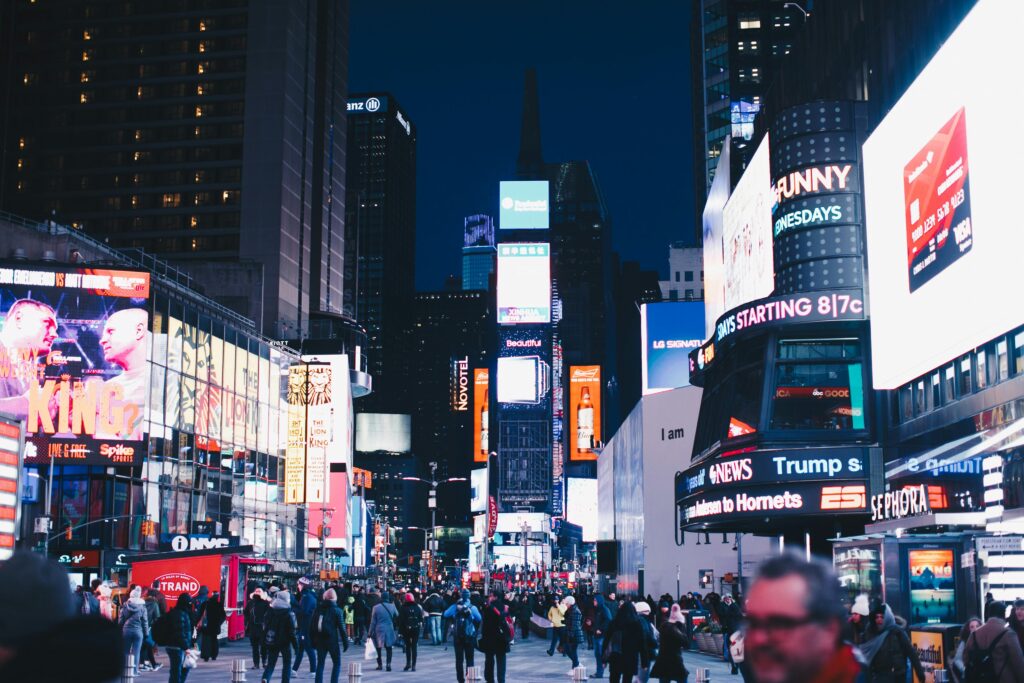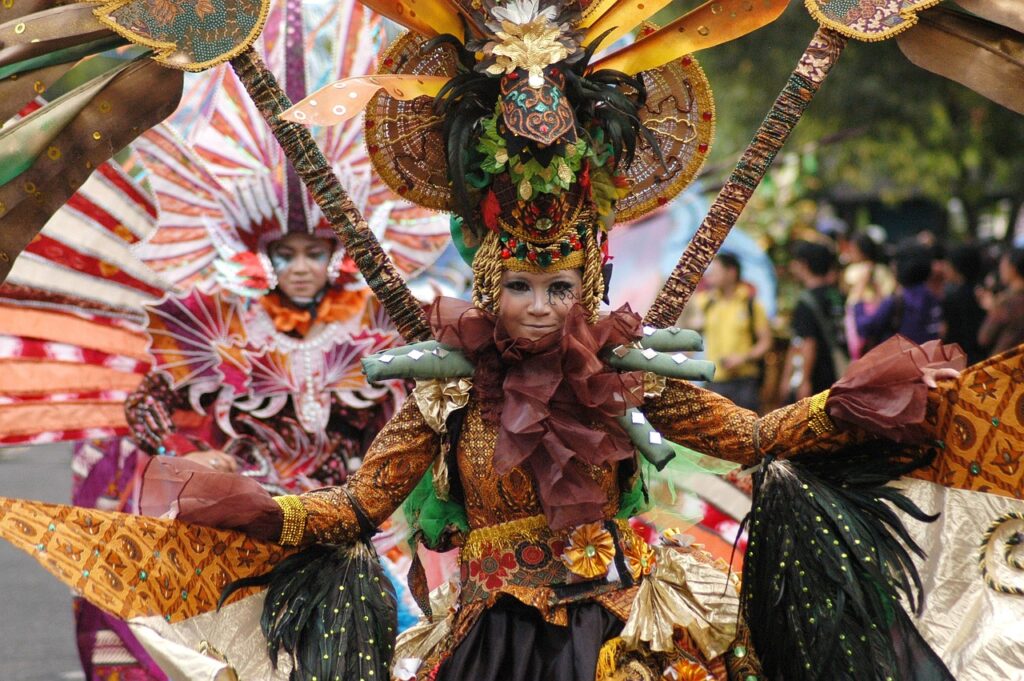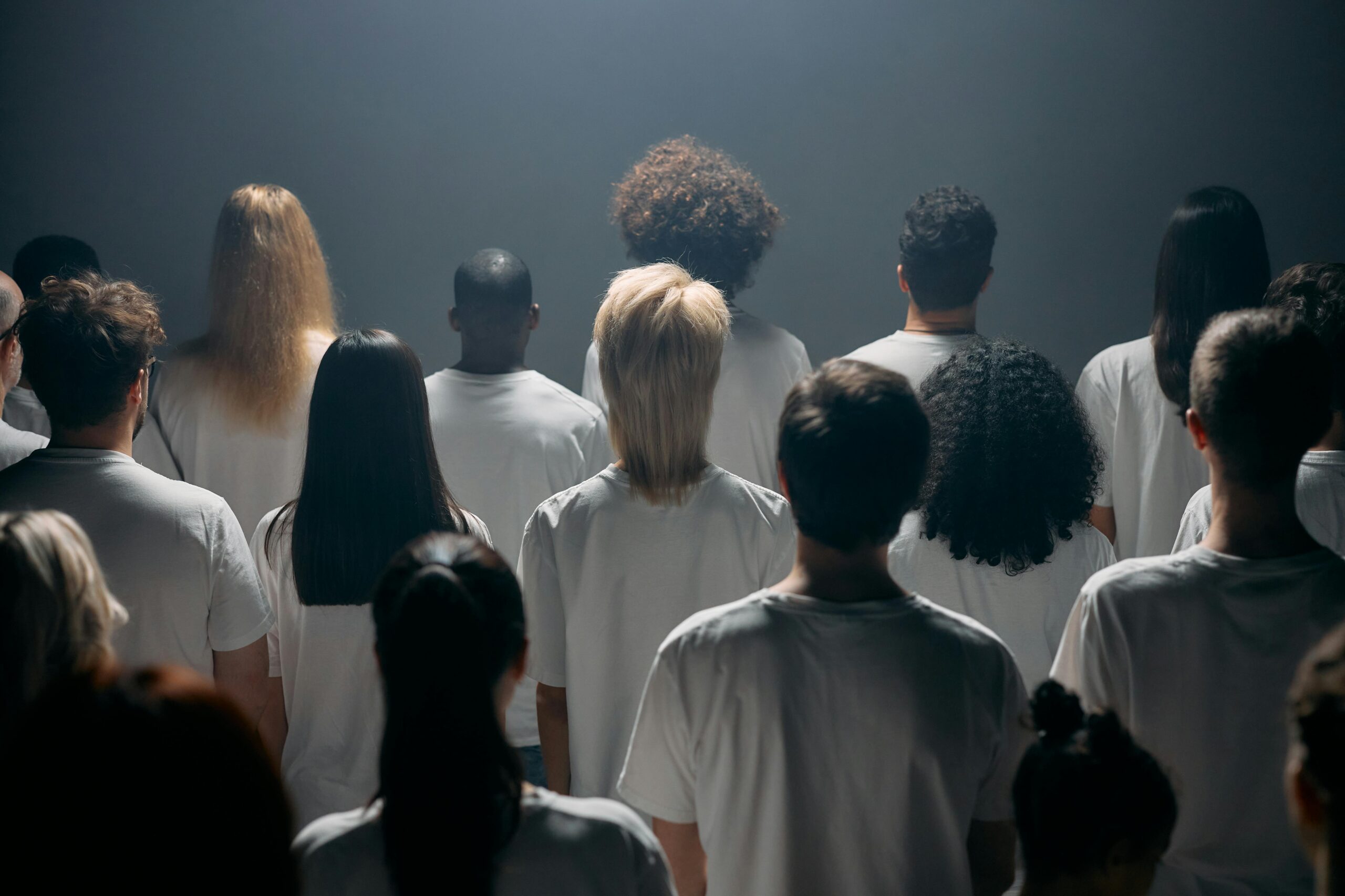Language is more than just a means of communication—it’s a powerful reflection of society itself. The words we speak, the way we structure sentences, and even the dialects we use offer profound insights into our cultural values, social hierarchies, and collective experiences. Language not only shapes our thoughts but also serves as a tool for inclusion, exclusion, and even social change.
In this article, we’ll explore how language mirrors society, influences identity, and evolves with time.

Language as a Reflection of Culture
Every language spoken across the globe embodies the unique experiences and values of its speakers. For example, the Australian Kuuk Thaayorre people rely on cardinal directions (north, south, east, west) instead of relative terms like “left” or “right.” This linguistic trait enhances their spatial awareness and reflects their cultural emphasis on navigation and environment.
Similarly, in Japan, the presence of multiple speech levels—ranging from casual to highly formal—demonstrates the country’s deep-rooted respect for hierarchy and social relationships. These examples show how language is intricately woven into the cultural fabric of different societies.
Language and Social Identity
Language is a key marker of social identity, revealing a person’s cultural, ethnic, and regional background. Accents, dialects, and even vocabulary choices can indicate social class, education, and group belonging.
Take African American Vernacular English (AAVE), for example. More than just a dialect, AAVE is an important cultural identifier that carries historical and social significance for many African Americans. Similarly, regional dialects within countries such as the UK—whether Cockney in London or Scouse in Liverpool—signal a speaker’s local identity and social background.
What we speak, and how we speak it, often influences how others perceive us and how we perceive ourselves.

The Power of Language in Shaping Society
Language doesn’t just reflect social structures; it actively reinforces them. The way we use language can perpetuate or challenge power dynamics within society.
For example, prestige dialects—those associated with higher social classes—often hold more value in professional and academic settings. Meanwhile, non-standard dialects or accents may face discrimination, leading to inequalities in employment and education opportunities.
Furthermore, language can be a political tool. Efforts to standardize national languages—such as the promotion of Hindi in India or Mandarin in China—can marginalize speakers of regional or minority languages, sparking debates about cultural inclusion and exclusion.
The Evolution of Language in a Changing World
Language is constantly evolving, adapting to cultural shifts and technological advancements. New words and expressions emerge to capture contemporary experiences—think of terms like doomscrolling (obsessively checking negative news) or ghosting (cutting off digital communication).
Social changes also influence language. The rise of gender-neutral pronouns like “they” reflects society’s growing awareness and acceptance of diverse gender identities. These linguistic shifts highlight how language responds to societal needs and attitudes.
Why Language Preservation Matters
As globalization accelerates, many indigenous and minority languages face the threat of extinction. When a language disappears, so does an entire worldview, along with traditional knowledge, cultural expressions, and a unique way of understanding the world.
For example, Canada’s Heiltsuk Nation is working tirelessly to preserve the Híɫzaqv language, which now has only a handful of fluent speakers left. Efforts include recording elders, teaching younger generations, and leveraging social media to keep the language alive.
Preserving linguistic diversity is crucial for maintaining cultural heritage and fostering a more inclusive world.

Frequently Asked Questions About Language and Society
1. How does language influence thought?
Language shapes our perception of the world by influencing how we categorize and interpret experiences. While it doesn’t dictate thought, it provides the framework through which we understand reality.
2. What is the relationship between language and culture?
Language and culture are deeply interconnected—language expresses cultural values, while culture shapes language use and development.
3. Can language perpetuate social inequality?
Yes, language can reinforce social hierarchies by valuing certain dialects over others, which can impact access to education, employment, and social mobility.
4. How does language change over time?
Language evolves in response to cultural, technological, and societal changes, with new words and expressions emerging to describe modern experiences.
5. Why is language preservation important?
Preserving endangered languages helps protect cultural diversity, as languages carry unique knowledge, traditions, and perspectives that would otherwise be lost.
Final Thoughts
Language is a powerful social tool that both reflects and shapes the world we live in. By understanding its influence on culture, identity, and power dynamics, we can better appreciate the diversity of human experiences and work towards a more inclusive society.
Sources Daily Camera


